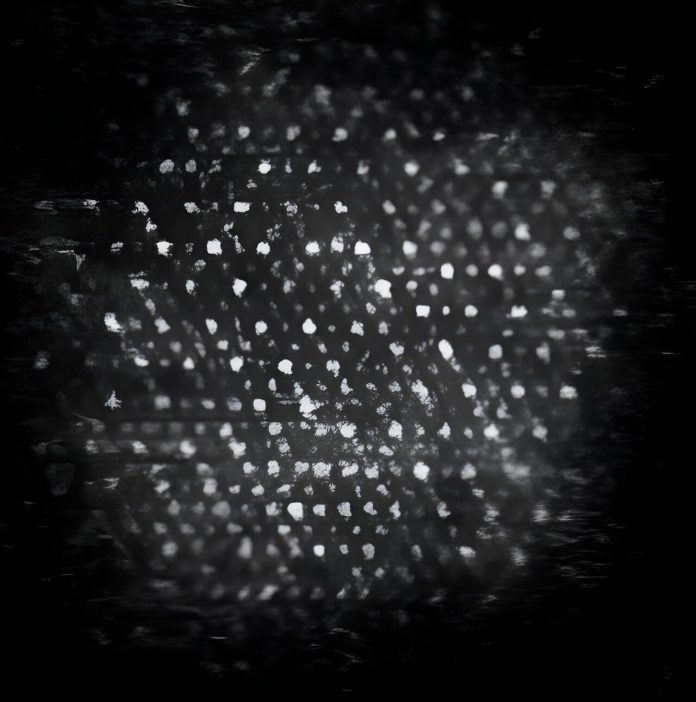
Entropy is often seen as chaos, the kind of randomness scientists typically avoid. But this disorder can actually be useful.
A mix of atoms of different sizes, known as high-entropy materials, can stabilize certain nanocrystals better than a perfectly ordered structure.
These materials have the potential to revolutionize many fields, from energy storage and conversion to heat insulation and electromagnetic shielding.
An interdisciplinary team has found a clever way to create these high-entropy oxide (HEO) nanocrystals at lower temperatures by using solubility instead of relying on entropy.
This method overcomes the usual thermodynamic constraints, making the process less messy and more efficient.
The team’s research, titled “Colloidal Synthesis of Monodisperse High Entropy Spinel Oxide Nanocrystals,” was published in the Journal of the American Chemical Society.
The lead author is doctoral student Jonathan Rowell.
High-entropy materials are a relatively new field, but they’re generating a lot of excitement. There are almost more review papers on the topic than actual high-entropy materials, says Richard Robinson, an associate professor of materials science and engineering at Cornell Engineering and the paper’s corresponding author.
Robinson explains that high-entropy materials could outperform existing materials in many applications, such as catalysts. Their unique properties come from mixing the wave functions of various cations (positively charged ions) to create a stable but strained lattice. The challenge, however, has been to create uniform-sized nanocrystals of these materials because the standard conditions aren’t favorable for controlled growth.
Previously, creating high-entropy nanocrystals involved adding many elements and using high temperatures. Normally, adding a few extra atoms to a crystal lattice would cause it to fall apart due to the strain. But adding five or more types of cations and increasing the temperature helps stabilize the structure. This stabilization through disorder is counterintuitive but fascinating, says Robinson.
Rowell discovered that he could use solubility instead of thermodynamics to create high-entropy particles. The team precipitated the nanocrystals during colloidal synthesis through an esterification reaction. This method takes advantage of the low solubility of metal oxide particles, meaning once an oxide nanocrystal forms, it won’t dissolve back.
The researchers needed a reaction that allowed precise control over the reaction rate. They used an esterification reaction where the rate is determined by the metal’s acidity. By looking up the acidity values, they could target specific metals, making the synthesis of high-entropy oxides predictable and efficient.
The synthesis was the most challenging part. Typically, making high-entropy nanocrystals results in particles of various sizes, but Robinson’s team wanted uniformity. It took a lot of refinement to achieve a monodisperse product—particles that are nearly identical.
The team collaborated with David Muller, an engineering professor, who used electron microscopy to confirm they had created a high-entropy multi-metal with all the cations mixed together in the same lattice. Chemistry professor Héctor D. Abruña tested the material’s catalytic function in alkaline media and found it to be high-performing and stable.
Robinson notes that the variety of cations with different surfaces in the nanoparticles could make them strong electrocatalysts for fuel cells and batteries. The real breakthrough is that their method doesn’t rely on high-entropy stabilization alone. They can create multi-metal oxides with any number of cations, opening the door to many new materials.
This research involved co-authors Muller, Abruña, doctoral students Minsoo Kang and Dasol Yoon, and master’s graduates Kevin Jiang and Yafu Jia.
Source: Cornell University.



